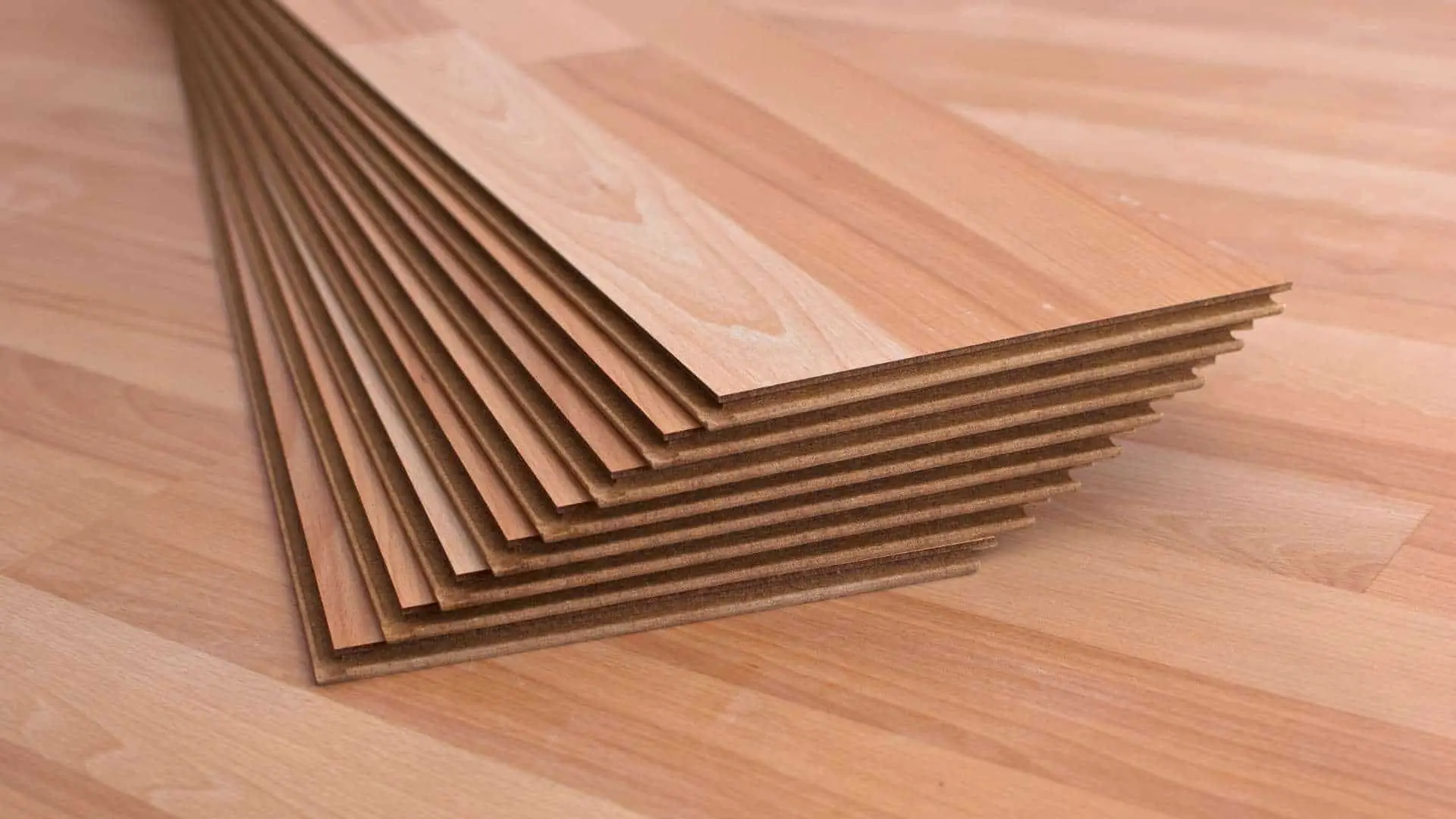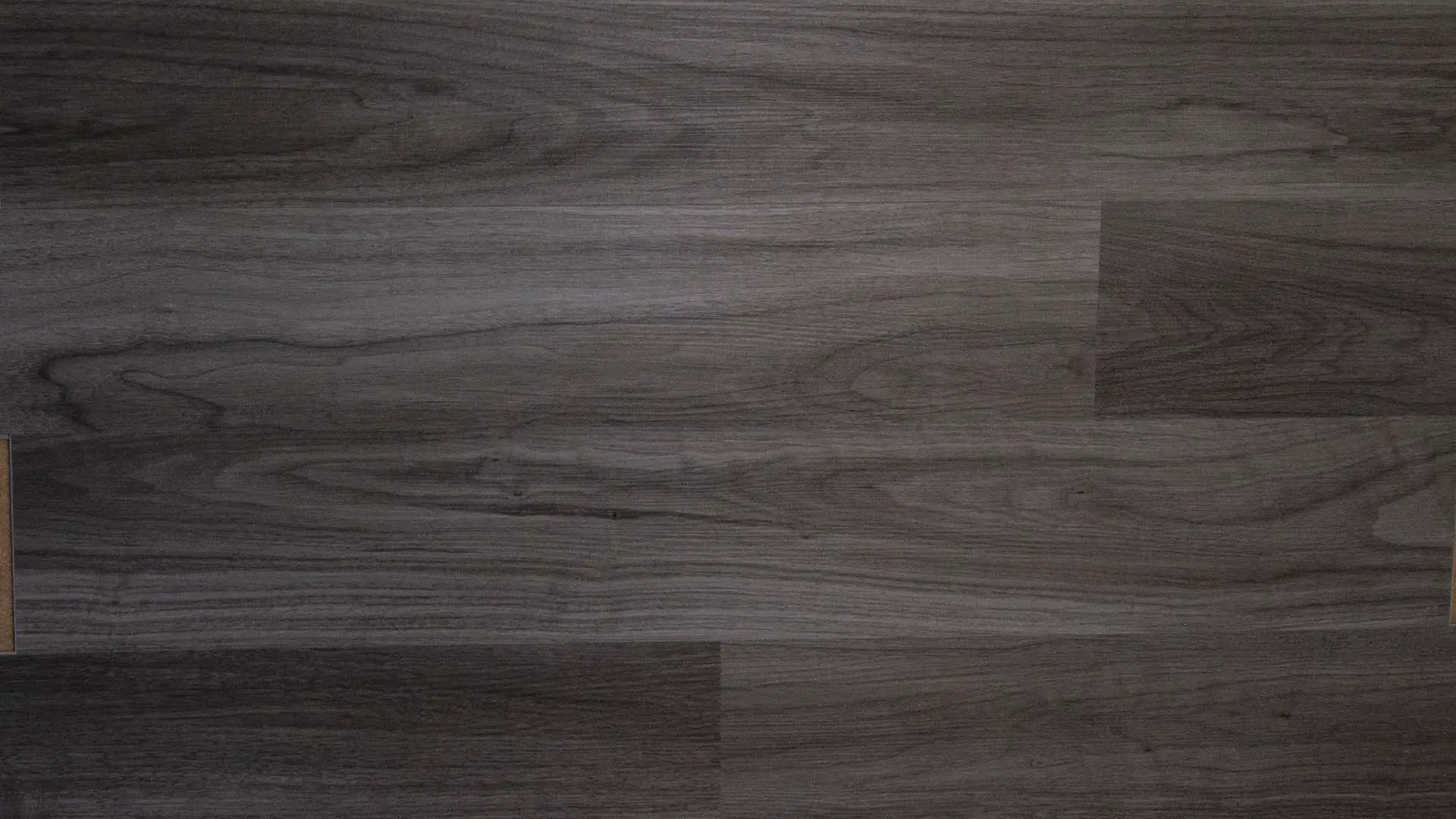Floating floors are all the rave right now. The term is so well known among homeowners, both new and old.
When we say floating floors, we aren’t talking about actual gravity-defying floors or an actual type of floor but rather a method of installing different types of floors. Floors can be installed in a floating manner.
The major types of floating floors are laminates, engineered hardwood, and luxury vinyl flooring, which we’ll talk more on as we go on in the article.
Related: Do you put Floating Floor Under Appliances?
The Floating Floor
Table of Contents
The floating floor is a way the floors are installed in which the single planks or tiles are joined edge to edge, fitting into each other’s gaps perfectly.
This way, it is one stretch of planks laying on the underlayment. This method is grossly different from the traditional way of flooding, where glue or nails would be involved to fasten the flooring material to the ground.
Floating floors are also well known and appreciated for the essential installation. Unlike the traditional way, anybody can fix one, which requires special tools and technical know-how.
On the other hand, it is essential to use a proper subfloor before laying the flooring to prevent the hollow sound as you move.
This is one of the significant differences between floating floors and floors nailed or glued down.
The Pros and Cons of Floating Floors
Before we dive into the types of floating floors, let us look at the pros and cons of floating floors.
Pros
- Floating floors are affordable
- Unlike other flooring materials, the damaged planks are easy to repair and replace since it isn’t glued or nailed down
- It is easy to install as a DIY project since high expertise isn’t needed
Cons
- A major con is that when it’s time to sell the house, floating floors may have low real estate value
- Floating floors give off a loud and hollow sound as you walk on it
- The material that floating floors are made of can not be refinished
Now that we have known the pros and cons, here are the three types of floating floors:
Types of Floating Floors
1. Laminate Flooring
This is the number one example of a floating floor. 9 out of 10 times, laminate flooring will be installed in a floating form.
Due to this installation method, the issue of buckling and folding is not so regular with laminate flooring.
The installation method gives it room to expand and contract with changes in temperature and humidity.
At the ends of laminate flooring is something that looks like tongue and groove system 2.0. It is called click-lock or fold and lock.
Read: Flooring Options For Dirt Basement Floors
Different Companies Fashion This Click Lock End in Different Ways
1. Luxury Vinyl Flooring (LVF)
Vinyl plank flooring is an excellent version of the floating floor, known for its numerous design options. It can come in a flexible form or rigid form.
Luxury vinyl flooring has a similar method of installation as laminate, although sometimes, it can be glued to the floor.
It does have a minor tongue and groove ready-made in the board where each plank snaps into place
2. Engineered Wood Flooring
This particular wood flooring can be installed as a floating floor or nailed or stapled to the plywood subfloor.
It has a unique design in which the surface layer is covered by an MDF core or plywood and held down with glue.
Is a Floating Floor the Best Choice for You?
If you’re out for an affordable and easy-to-install flooring choice, you can go for a floating floor installation, especially if you’re a DIY-er or in a tight corner with cash.
Some people regard the floating floors as cheap in appearance, but the luxury vinyl floor is very high quality, and the real estate value remains intact. As for the hollow sound, you can use padding below the floor.
Read: Advantages and Disadvantages of Floating Floors
Conclusion
Just like anything attached to preferences, it isn’t for everyone. Some people would prefer the old traditional hardwood, while others will quickly go for this new modern flooring type, especially if they do not need to think of selling their house.
We wrote this article about types of floating floors, and their pros and cons to help give you guidance when faced with choosing a floating floor.
We hope you found it helpful and informative. If you did, please share it across your entire social media pages.

